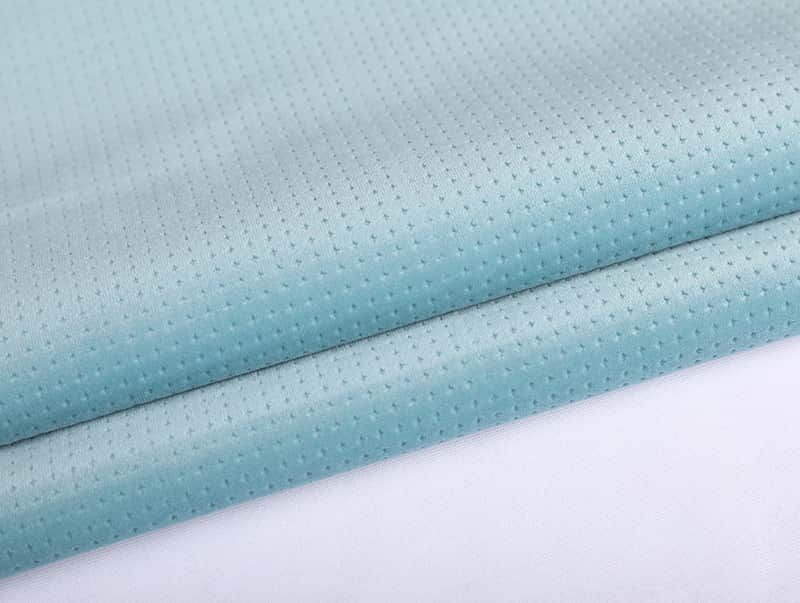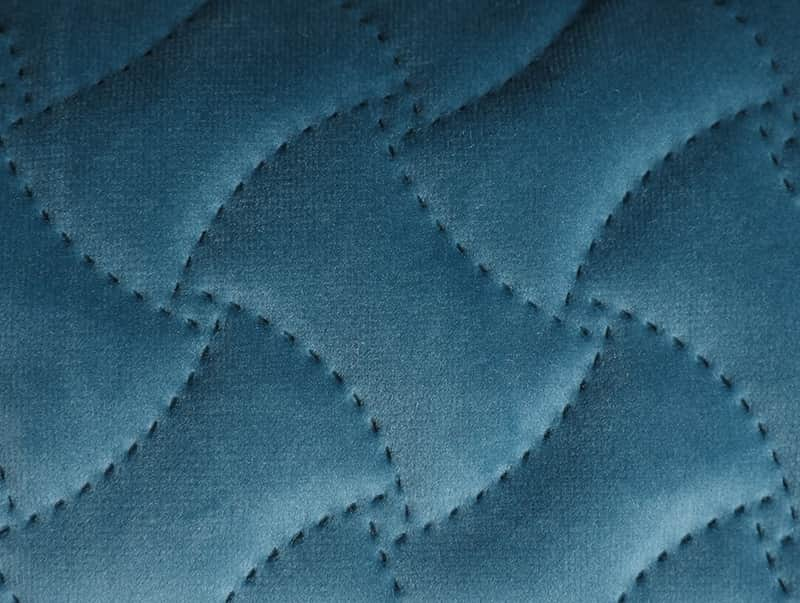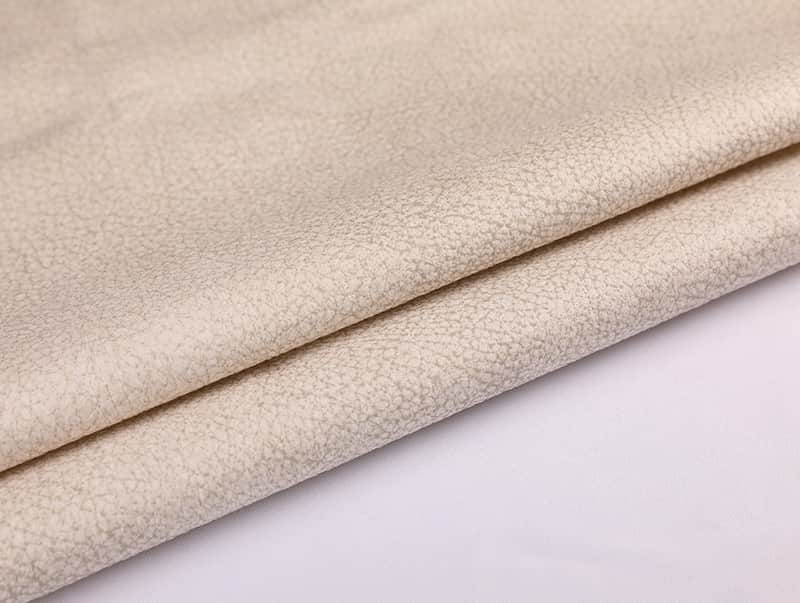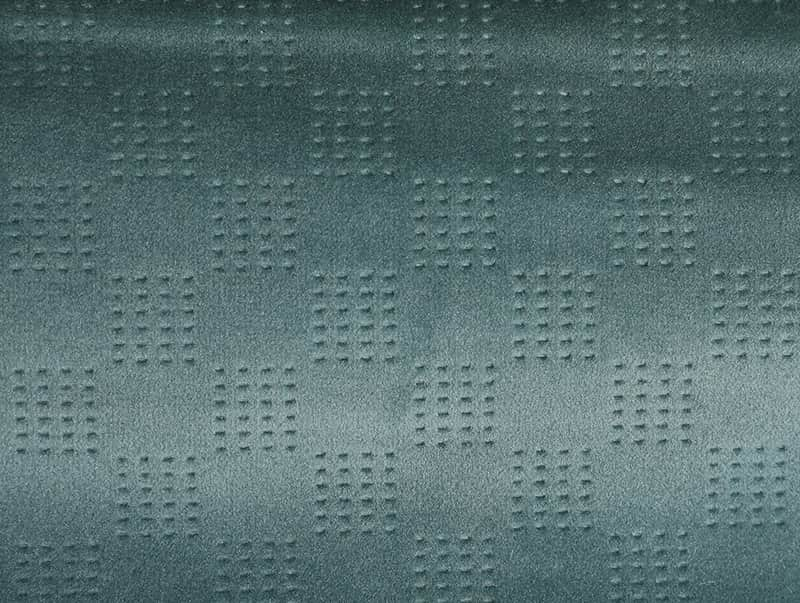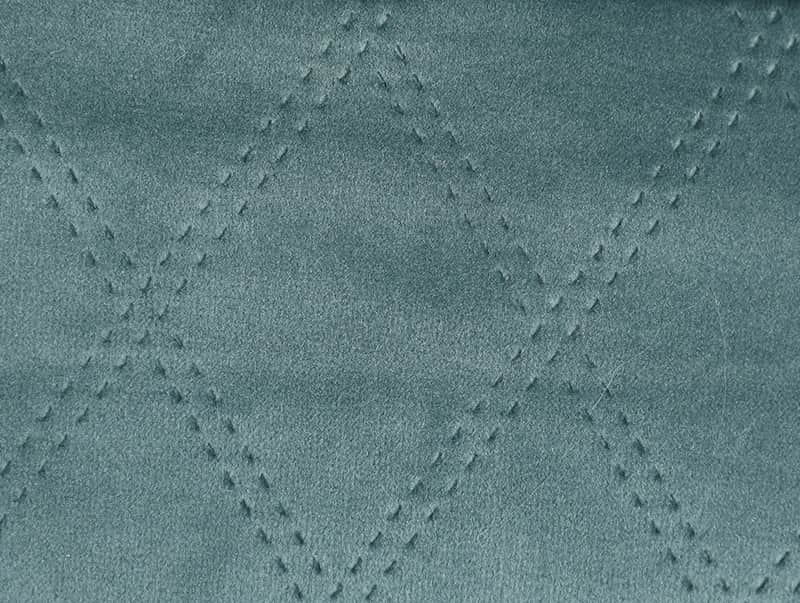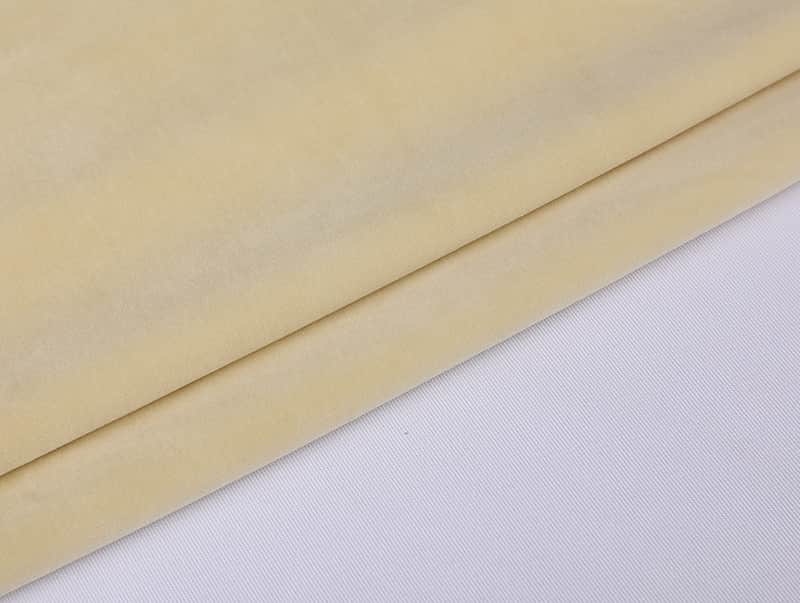The backing material of velvet upholstery fabric plays a crucial role in its overall performance, durability, and comfort. Here are some ways different types of backing materials can affect velvet upholstery:
Stability and Structure:
Cotton Backing: Provides good stability and breathability, making it a popular choice for high-quality velvet. It helps maintain the fabric's shape and reduces the risk of stretching or sagging.
Polyester Backing: Often used in budget-friendly velvet, polyester backing can enhance durability but may not offer the same breathability as cotton. It may lead to a stiffer feel.
Comfort:
The choice of backing material can impact the softness and comfort of the upholstery. A softer backing, like cotton or a cotton blend, can enhance the overall tactile experience of the velvet.
Durability:
Synthetic Backings: Materials like nylon or other synthetics can increase the fabric’s resistance to wear and tear, making it suitable for high-traffic areas. However, they may not always provide the same luxurious feel as natural fibers.
Weight and Density: Heavier backings can add weight to the upholstery, which may improve its overall durability but can also affect its drape and movement.
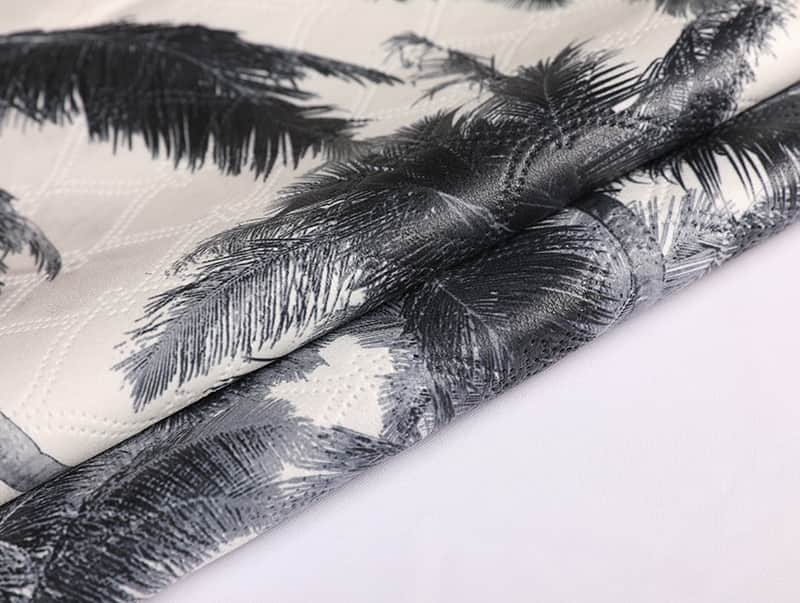
Moisture and Stain Resistance:
Some backing materials are treated to be moisture-resistant, which can help protect the velvet from spills and stains. This is particularly beneficial for upholstery in environments where accidents are likely to occur.
Thermal Insulation:
The backing material can also influence the thermal properties of the upholstery. Natural fibers tend to provide better insulation, which can help maintain comfortable temperatures in a room.
Noise Absorption:
Certain backing materials can enhance the sound-absorbing qualities of velvet upholstery. This can be beneficial in creating a quieter and more comfortable indoor environment.
Cost and Quality:
The choice of backing material can affect the overall cost of the velvet upholstery. Higher-quality, natural backings typically lead to a more expensive product, while synthetic options may reduce costs but can compromise some performance characteristics.
